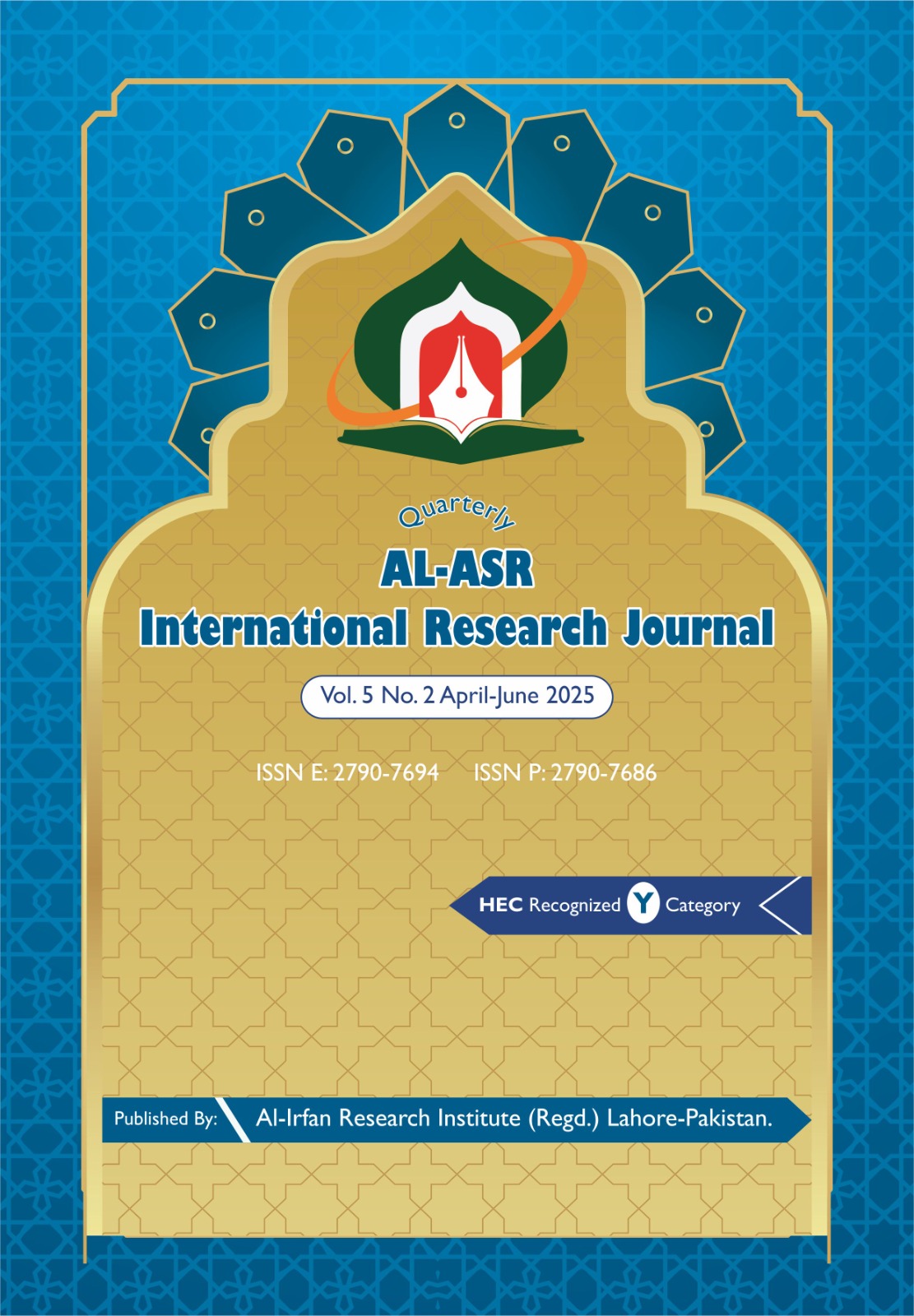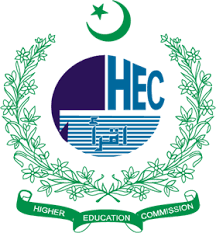The Presence of the Prophet (ﷺ) as Light and Human: A Comparative Study of the Views of Modernist and Traditionalist Scholars
حضور ﷺبحیثیت نور بشر: تجدد پسند اور روایت پسند علماء کے افکار کا تقابلی جائزہ
Abstract
The personality of the Prophet Muhammad (PBUH) holds a central position in Islamic thought, where his nature as both "light" (nur) and "human" (bashar) has been a subject of profound theological debate. Traditionalist scholars, particularly from the Barelvi school, emphasize his nurani (light-based) essence, viewing him as a transcendent, unparalleled human whose reality surpasses ordinary human limitations. In contrast, modernist scholars such as Sir Syed Ahmed Khan emphasize the Prophet’s humanity, focusing on his exemplary moral conduct and practical life as a model for human beings. This paper aims to present a comparative analysis of these two perspectives traditionalist and modernist exploring their theological foundations, scriptural interpretations, and socio-religious implications. By analyzing classical texts, Quranic verses, and prophetic traditions, the study seeks to highlight points of convergence and divergence, and to propose a balanced understanding that respects the diversity within Islamic scholarship. This comparative approach also underscores the need for respectful dialogue in contemporary Muslim societies on sensitive doctrinal issues.
Keywords: Muhammad (PBUH), Traditionalist, Modernist, Light (Nur), Human (Bashar) , Perspective









